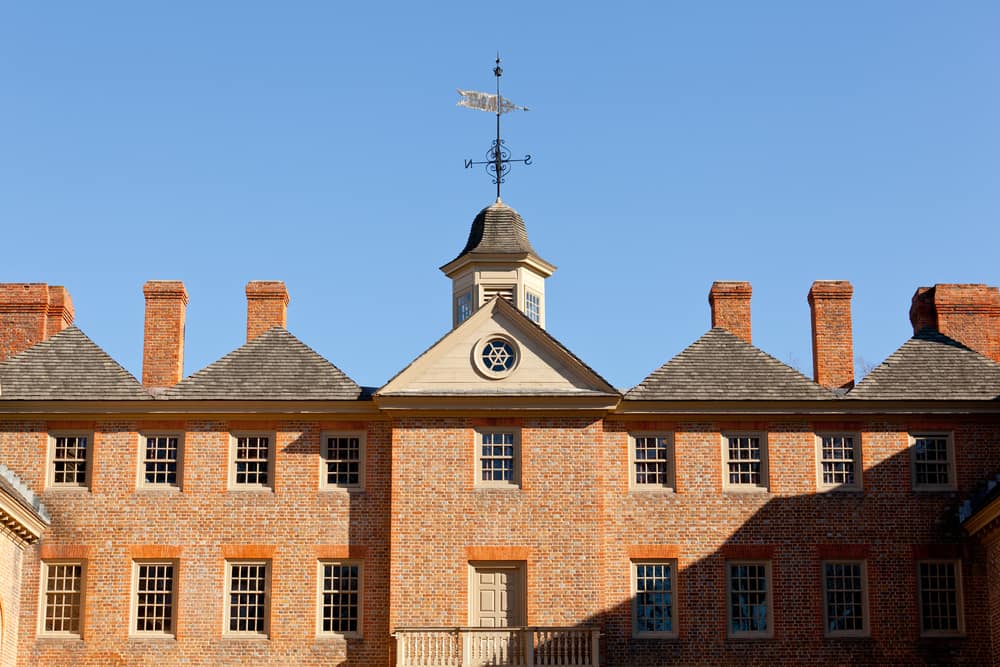
How do you know if the college or university that your child ultimately attends will provide him or her with an excellent education?
You won’t.
College pricing is inching closer to transparency thanks to net price calculators, but it’s largely impossible to form an educated opinion about the strength of a school’s learning environment beyond checking an institution’s graduation rates. (Colleges and universities are fighting against academic transparency, but the time will come — hopefully soon.)
Evaluating an Institution’s Professors
To get some sense of whether the professors are doing a superior job of educating students, you should check out a couple of statistics in the big, thick annual guide that the Princeton Review publishes. Here is a link to the latest copy: The Best 378 Colleges, 2014 Edition.
Specifically, you should check out this pair of ratings that you will see on the left hand page of every institution’s profile:
- Professor interesting rating
- Professor accessible rating
The highest possible score for each of these professor ratings is 100. Students rate the professors at their own institutions. I want to emphasize that these ratings are hardly scientific. According to Princeton Review, roughly 30,000 students were surveyed, which breaks down to about 120 respondents per campus.
Great Teaching Schools
One reason why I think these ratings are worth consulting is because of the pronounced pattern that I noticed when reviewing the scores of many schools in the guide. Here is what I noticed in general:
- Professors at liberal arts colleges received much higher marks than professors at universities (including the Ivy League schools).
- Professors at private universities received better marks than professors at state universities.
- Professors at state flagships — most of the public schools in the book are in this category – fared the worst.
Colleges vs. Universities
These trends make sense to me because of the missions and resources of these institutions. Liberal arts colleges exist to teach undergrads and thankfully professor research is secondary at these institutions. Consequently, professors are more likely to be hired because they are great teachers. And  when professors are teaching 15 to 20 kids in a class at a liberal arts college, the faculty should be far more accessible.
when professors are teaching 15 to 20 kids in a class at a liberal arts college, the faculty should be far more accessible.
In contrast, professors at research universities are focused on their own research, which brings an institution prestige and revenue. Even if they are lousy teachers, professors can gain tenure because research is the most highly prized. At these universities, it’s the grad students primarily stuck with dealing with undergrads. And as a reality, how much access is a student going to have to professors when there could be hundreds attending his/her lectures.
Private universities will typically enjoy more resources than state institutions, which can shrink class sizes and provide more opportunities for undergrads.
In every category, I found outliers – schools that did better than their category would suggest and those that did worse. I used the 2013 edition of the Princeton Review’s guide for this post.
Private Universities with Top Scores
Here are a couple of the private universities that fared better than most of their peers:
University of Notre Dame
- Professor interesting rating: 83
- Professor accessible rating: 91
Loyola Marymount University
- Professor interesting rating: 87
- Professor accessible rating: 97
Rice University
- Professor interesting rating: 87
- Professor accessible rating: 90
Vanderbilt University
- Professor interesting rating: 91
- Professor accessible rating: 89
Private Universities with Poor Scores
Harvard University
- Professor interesting rating: 71
- Professor accessible rating: 65
Northwestern University
- Professor interesting rating: 75
- Professor accessible rating: 76
Johns Hopkins University
- Professor interesting rating: 71
- Professor accessible rating: 74
MIT
- Professor interesting rating: 73
- Professor accessible rating: 76
State Universities with Better Scores
Most of the state universities that I saw hovered in the 60’s and/or 70’s in both professor categories. Virginia institutions did better in this category and the College William and Mary was a very impressive outlier:
College of William and Mary
- Professor interesting rating: 89
- Professor accessible rating: 92
Virginia Tech
- Professor interesting rating: 83
- Professor accessible rating: 78
University of Virginia
- Professor interesting rating: 84
- Professor accessible rating: 77
University of Kansas
- Professor interesting rating: 80
- Professor accessible rating: 81
State Universities with Poor Scores
Georgia Institute of Technology
- Professor interesting rating: 67
- Professor accessible rating: 63
UCLA (Other UC campuses also received poor marks)
- Professor interesting rating; 69
- Professor accessible rating: 65
SUNY Stony Brook
- Professor interesting rating: 68
- Professor accessible rating: 65
University of Washington
- Professor interesting rate: 70
- Professor accessible rating: 69
University of Illinois Urbana-Champaign
- Professor interesting rating: 68
- Professor accessible rating: 65
Liberal Arts Colleges
As a category, liberal arts colleges kicked butt. And not surprisingly many elite colleges got excellent scores in each category including Sarah Lawrence, Bowdoin, Carleton, Middlebury, Kenyon, Davidson, Reed, Swarthmore, Whitman, Williams, Wellesley, Harvey Mudd (enginering/liberal arts hybrid) and Claremont McKenna.
What I think is more helpful to share are the scores of just a fraction of the liberal arts colleges that did exceedingly well, but do not reject the majority of students:
Liberal Arts Colleges with Top Scores
Gustavus Adolphus College (MN)
- Professor interesting rating: 96
- Professor accessible rating: 94
Knox College (IL)
- Professor interesting rating: 93
- Professor accessible rating: 92
College of Idaho
- Professor interesting rating: 95
- Professor accessible rating: 93
College of Wooster (OH)
- Professor interesting rating: 95
- Professor accessible rating: 94
Centre College (KY)
- Professor interesting rating: 97
- Professor accessible rating: 98
Beloit College (My son’s school in WI)
- Professor interesting rating: 96
- Professor accessible rating: 98
Prescott College (AZ)
- Professor interesting rating: 95
- Professor accessible rating: 95
University of Puget Sound (WA)
- Professor interesting rating: 94
- Professor accessible rating: 99
Wabash College (IN) and Hampden-Sydney (VA), both all-men’s colleges, both got nearly perfect scores.
Hampden-Sydney College
- Professor interesting rating: 98
- Professor accessible rating: 98
Wabash College
- Professor interesting rating: 97
- Professor accessible rating: 98
Women’s colleges also did extremely well, including one you probably haven’t heard of – Sweet Briar College in Virginia (96/98 ratings).
And a final shout-out to a public liberal arts college – University of North Carolina at Asheville – which received the top marks for any state institution that I saw in the Princeton Review book.
University of North Carolina at Asheville
- Professor interesting rating: 96
- Professor accessible rating: 90
Now let’s compare that to the North Carolina public university that is vastly more popular and that makes it on a lot of dream lists:
University of North Carolina, Chapel Hill
- Professor interesting rating: 79
- Professor accessible rating: 77
Bottom Line:
As I’ve said many times, you should not be impressed simply by a school’s brand name. What matters is the type of education that a student receives at a college or a university. And you’re not going to find that out just by taking your cues from the college rankings.
Get a Free College Guide
Here’s your chance to subscribe to my newsletter and instantly receive my new guide, Finding the Most Generous Colleges. The content of the  newsletters is nearly identical so please only subscribe to one email list.
newsletters is nearly identical so please only subscribe to one email list.
If you’re a parent or student, click here to subscribe to my newsletter and receive my new guide.
If you’re a college consultant or counselor, click here to subscribe to my newsletter and receive the guide.
If you’re a financial professional, click here to subscribe to my newsletter and receive the guide.

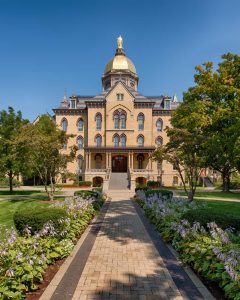
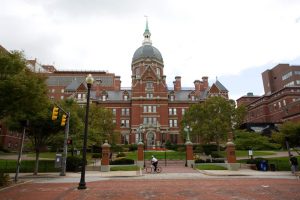
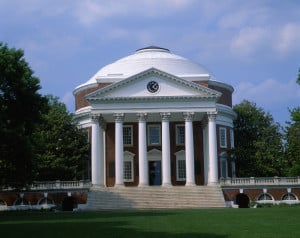
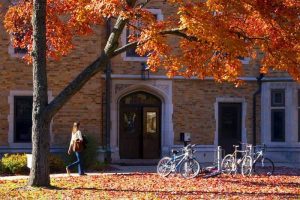
I am not surprised to see Northwestern on the worst list of private institutions. I went there for grad school and I had professors actually tell the class that they HATED teaching. Another professors warned students not to come and ask them stupid questions. The teaching was awful. Most classes were totally disorganized. There was only one professor that was a good teacher, actually an excellent teacher – Dr. Paul Loach. I took his class Structure and Function of Macromolecular Systems. Although it was a difficult subject, I did the best in his class because it was so well organized and well taught. By far though, he was the exception. He is now retired however.
Hi, Lynn! Wonderful post! Often, I wish teaching and learning got more airtime in conversations about college fit. Professors go a long way in making or breaking the college experience, not to mention possibly enhancing (or not) opportunities after graduation.
Thanks for all the good content!